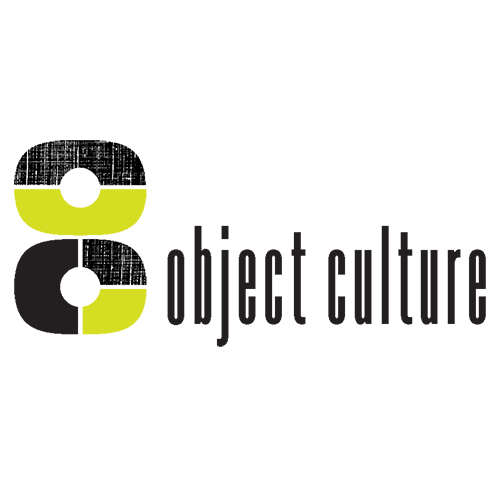Justin Michell
“I see what you’re saying.” This phrase already implies relations between vision, language and meaning. Words interpret and bestow meaning on images. At times we feel that we don’t fully understand our visual impressions unless we can speak about them. On the other hand this relation between language and image is reversed and we feel like we need a diagram to fully understand a set of instructions, for example. In this case, language by itself feels inadequate, in need of a supplement. We form a picture, ‘worth a thousand words’, in order to be able to relate to verbal descriptions.
Linguistic meaning and bodily sensation can mutually threaten to overspill the fuzzy border separating them. Any sound or visual mark can potentially be taken up into a code and used to signify. But, repetition of a word can break down its signification and begin to render it as senseless pattern. “Phatic speech”, a term linguists use to refer to small talk, prioritizes the exchange of words as empty tokens acting more to solidify social bonds than to convey any literal content of speech. Lacan coined the neologism lalange, combining la langue (language) with the “lalala” of song to emphasize meaningless enjoyment of sound in an almost musical way over any reference to a signified. Vocal scatting in jazz disengages our habit of attaching voice to lyrics by treating it as a purely musical instrument. These borderline phenomena between language and nonsense remind us of our inability to completely translate experience into words or articulate what it is compelling to us about it. At the same time they remind us of our drive to find ways to structure our sensory data beyond discursive meaning.
Michell’s paintings often use a simplified set of elements. Colored blocks are grouped into compact, static arrangements along the bottom edge. Familiar comic strip speech bubbles sprout from them, turning them into semi figurative stand-ins for imaginary interlocutors. Active, loose clusters of variously colored rectangles float in the enclosing bubbles I’m place of words in implied acts of exchange. Wiry lines of acrylic paint squeezed by the artist from of cake decorating bags snake between and link together these elements. The blocks function like the bars blotting out redacted text in classified documents or ‘black boxes’ in electrical schematics, acting as placeholders in structural arrangements. Despite being stripped down to simple elements, lacking obvious textual or figurative reference, they still hint at associations with familiar fragments of our own visually coded landscape. Patterns resembling brick walls, video test patterns, stacks of medal ribbons on military uniforms or vintage video game graphics tempt us to ascribe narrative to these scenes that are paradoxically both noisy and mute. The reduced visual code becomes a kind of musical notation for everything about individual styles of speech that eludes a written transcription: rhythm, degree of verbosity, volume, pitch, texture and timbre ('tone color’). Wires between the different abstract speakers and their discourses are linked together with wires resembling the patch cables used to connect components in the modular synthesis equipment used in the pioneering days of early electronic music.
Within self imposed limits, artists can act as the user of a new language, the player of a new game. The resulting production enacts its own language directly and diagrammatically, invites us to ‘read’ it as a code, at the same time that it resists attempts to translate it into words. If language can speak about images, can images in turn ‘show’ language, on its own, visual terms, rather than those of the written or spoken?

